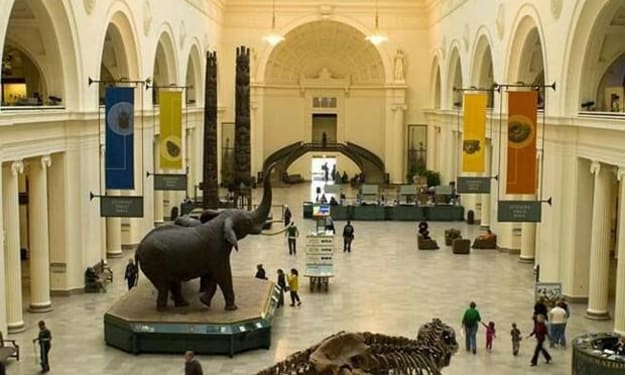Volcanic Area of interest Tracked down on the Moon
A new report
Volcanic Area of interest Tracked down on the Moon
A new report distributed in Nature looks at a volcanic area of interest that possibly exists underneath a component on the Moon's farside (the side confronting away from the Earth) called the Compton-Belkovich Thorium Irregularity. Analysts drove by the Planetary Science Foundation gathered information from the area of interest locale utilizing microwave instruments installed the China Public Space Organization's Chang'e-1 and Chang'e-2 orbiters and holds the possibility to assist scientists with better grasping the past volcanic cycles on our closest divine neighbor, as surface proof shows lunar volcanic movement stopped between 3 to quite a while back.
What makes this finding remarkable is the wellspring of the area of interest isn't dynamic volcanism, like liquid magma, however from radioactive components inside the now-set rock that was once liquid magma billions of years prior. Since the main stone sort equipped for having a sufficiently enormous number of radioactive components is rock, this shows a huge stone magma chamber once existed underneath the lunar surface that took care of a more modest surface well of lava, similar as how Earth's volcanoes work.
"This means it is hot, not really at the surface, as you would find in infrared, yet deep down," said Dr. Matthew Siegler, who is a Senior Researcher at the Planetary Science Organization (PSI), and lead creator of the review. "The best way to make sense of this is from additional intensity coming from some place underneath the component inside the more profound lunar hull. Thus, Compton-Belkovich, remembered to be a fountain of liquid magma, is likewise concealing a huge intensity source underneath it."
The review alludes to the item at Compton-Belkovich as a lunar granitic batholith, which exists underneath the lunar surface and comprises of a lot bigger framework assessed to be roughly 50 kilometers (31 miles) in measurement that cooled prior to emitting. At the point when liquid magma cools, it becomes stone, and instances of batholiths frameworks that exist underneath volcanic chains on The planet, including the Outpouring Reach or Andes Mountains, yet have seldom been found all through the planetary group beyond Earth.
"It was a flawless task in that China disclosed their information - as does NASA - and we had the option to work with this special informational collection to sort out something truly fascinating about the Moon," said Dr. Siegler. "Adhering to the guidelines, we were unable to team up with Chinese scientists straightforwardly and all subsidizing came exclusively from NASA, so we needed to follow the breadcrumbs to air out this dataset."
Dr. Siegler credits concentrate on co-creator, Dr. Jianqing Tooth, who is an Exploration Researcher at PSI, for his capacity to "explore the information and existing writing on the subject" in the wake of showing up in the US with a J visa and noticed this was "an extraordinary illustration of what should be possible on the off chance that science and governmental issues can cooperate." Like Earth, our Moon has a savage history of volcanism, however Dr. Siegler takes note of the Apollo missions showed this volcanic action was basically from influences instead of the conventional volcanism from inside planetary cycles, as seen on The planet.
Beside the investigation's discovering that this stone area of interest was not the aftereffect of dynamic volcanism, tracking down it on the farside of the Moon is additionally special. This is on the grounds that the nearside and farside are as an unmistakable difference to one another, as proof for the greater part of the Moon's volcanism has been seen to be on the nearside (the side pointing toward the Earth) in dull patches known as lunar maria, otherwise called lunar female horse, which is Latin for ocean. The a lot lighter districts are known as the lunar good countries, involved the raised, sloping locales of the lunar surface.
While this mix offers skywatchers a dynamite view during a Full Moon, the inverse can be said about the farside of the Moon, which is overwhelmed by lunar high countries with scanty locales of maria, most remarkably Horse Orientale, which is right external detectable view from Earth, and Female horse Moscoviense, which is totally on the farside and totally outside our perceptible view. What new disclosures will researchers make about past volcanism on the Moon before very long and many years? The reality of the situation will surface eventually, and for this reason we science!
About the Creator
Enjoyed the story? Support the Creator.
Subscribe for free to receive all their stories in your feed. You could also pledge your support or give them a one-off tip, letting them know you appreciate their work.






Comments
There are no comments for this story
Be the first to respond and start the conversation.